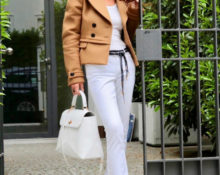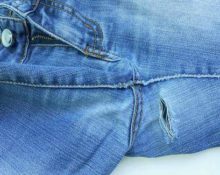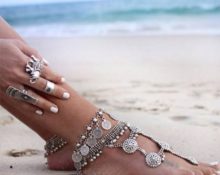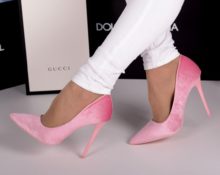It’s not for nothing that they say that beauty requires sacrifice! To look attractive, women have to endure great inconvenience and even pain. Most often, shoes cause problems. In hot weather, not all ladies can refuse closed shoes. And they often wear them without socks or footwear. As a result, calluses can form on the skin, causing unpleasant pain. We'll tell you how to wear shoes on bare feet and avoid chafing.
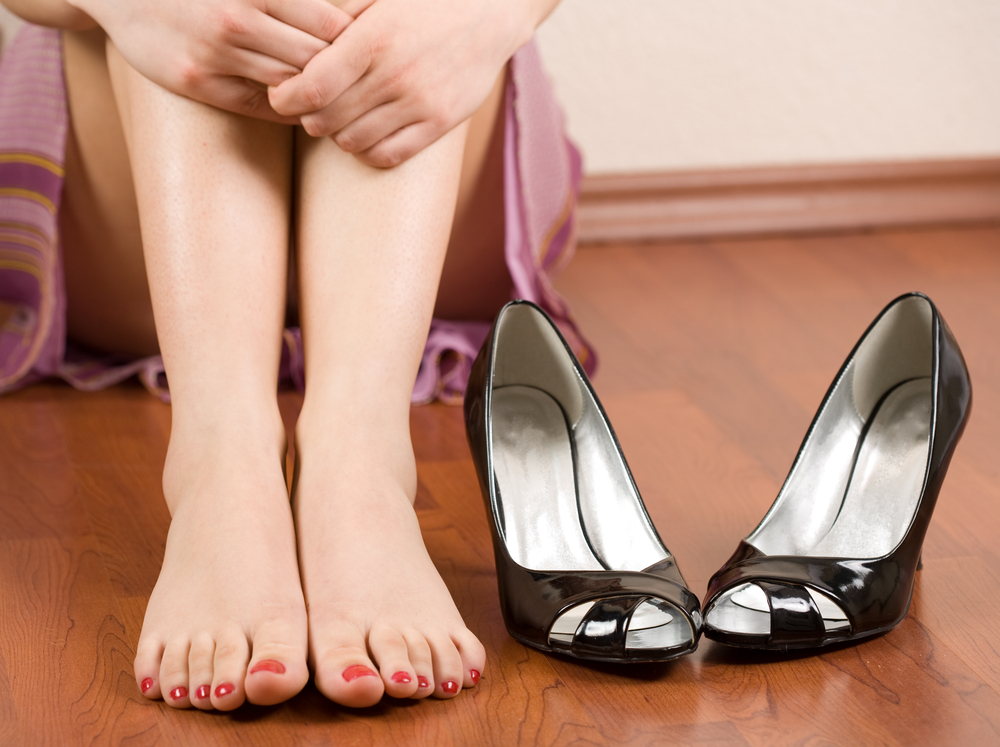
Causes of chafed feet
Most often, calluses and damage to the skin occur for several reasons.
- Wet skin, moisture or sweat causes irritation and chafing.
- Narrow shoes, which constantly damages the skin.
- The product sits awkwardly on the leg, foot slidescausing discomfort when walking.
IMPORTANT! Despite the fact that the skin of the feet is much rougher, it requires careful care.
How to prevent chafing?
To prevent the occurrence of calluses, peeling and cracked skin, it is necessary to remove the factor that has an adverse effect on the foot. Try one of the following solutions.
Protecting problem areas with a patch
Initially, it is worth ensuring places of close contact with the shoe material. additional protective layer. Various patches are perfect for this. You can choose a suitable color and a comfortable shape.
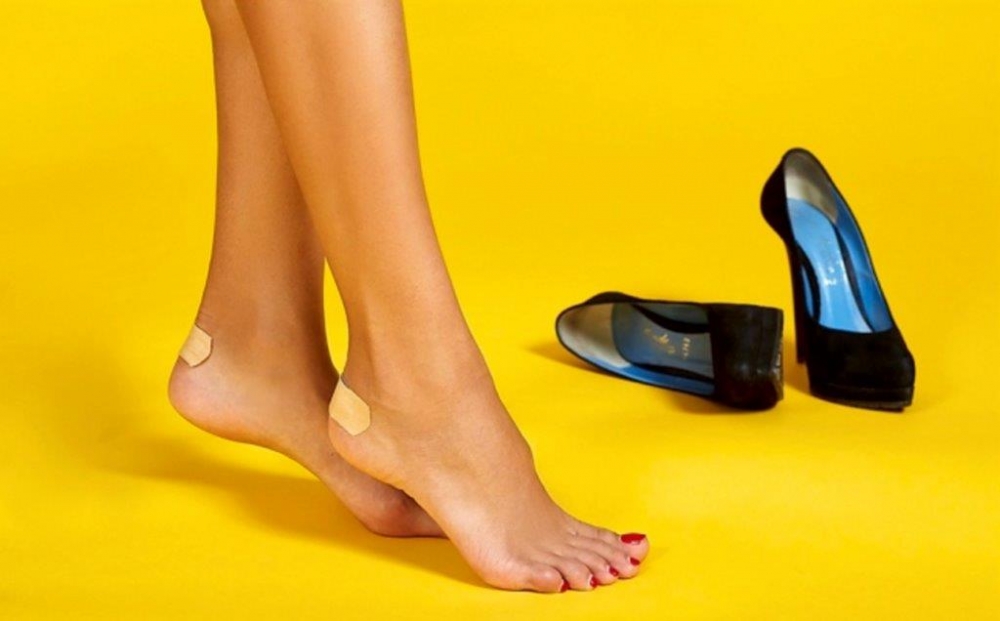
IMPORTANT! Before sealing, wash the wound and treat the skin area with brilliant green to prevent infection.
Keeping your feet dry
An important point is the condition of the skin. Excessive moisture increases the risk of calluses and corns. To reduce adverse effects, it is necessary to reduce humidity.
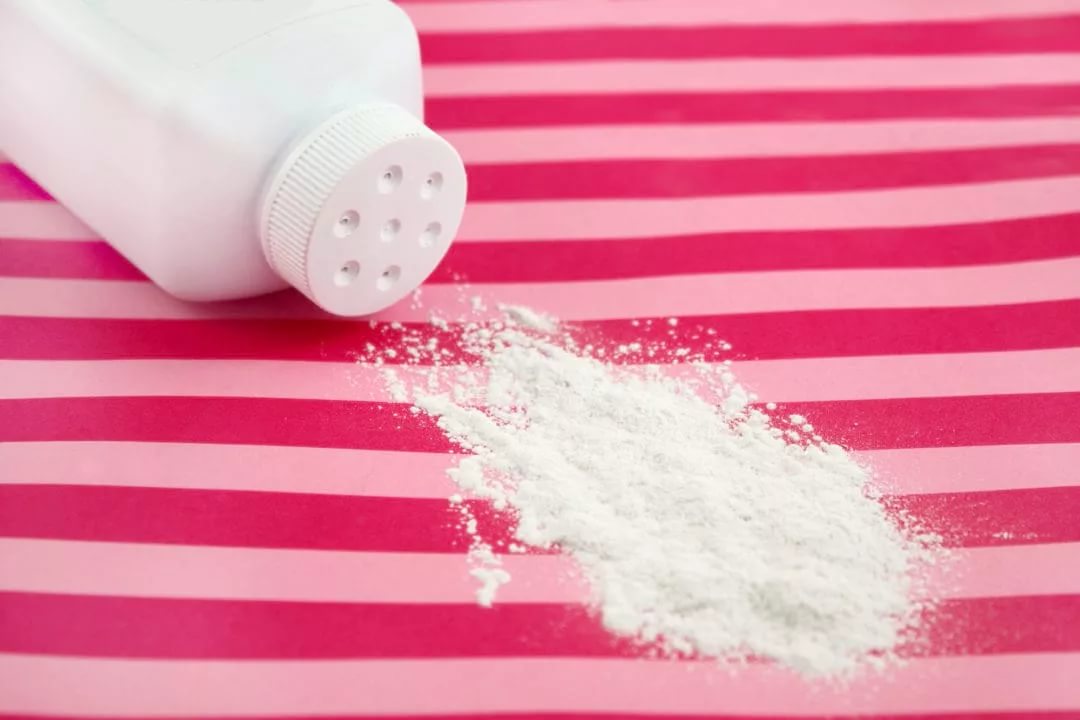
To do this, rinse the skin of your feet, wipe it with a dry towel, and then evenly cover with talcum powder or baby powder. It can be purchased at a pharmacy.
Using special silicone tabs
Nowadays, to ensure convenience and comfort when walking, they are used special inlays, orthopedic insoles and special devices to reduce the load while wearing shoes.
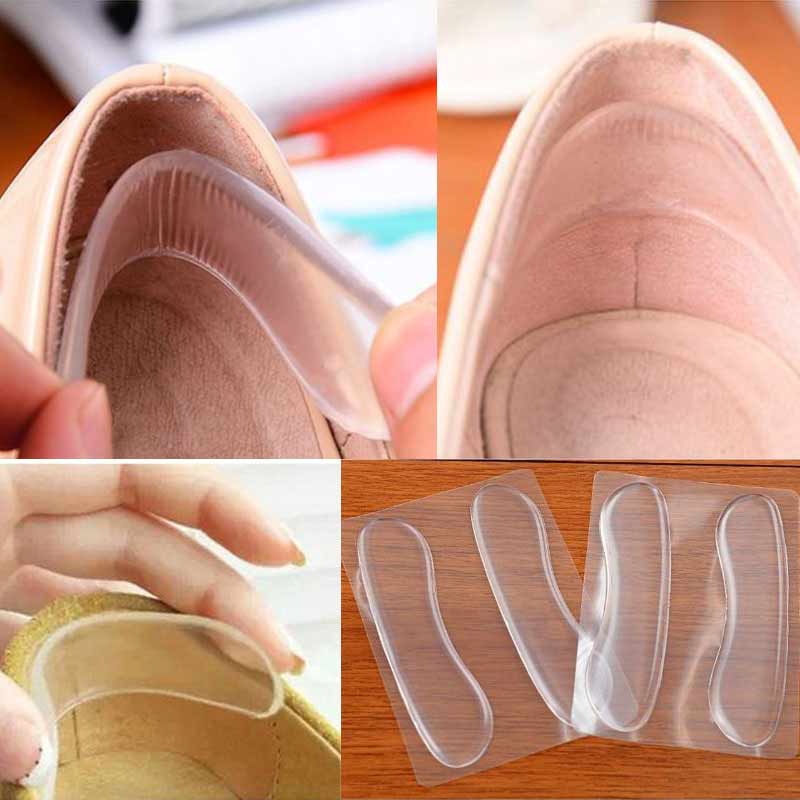
They can be used for the entire foot, placed under the heel or glued to the heel of the shoe.
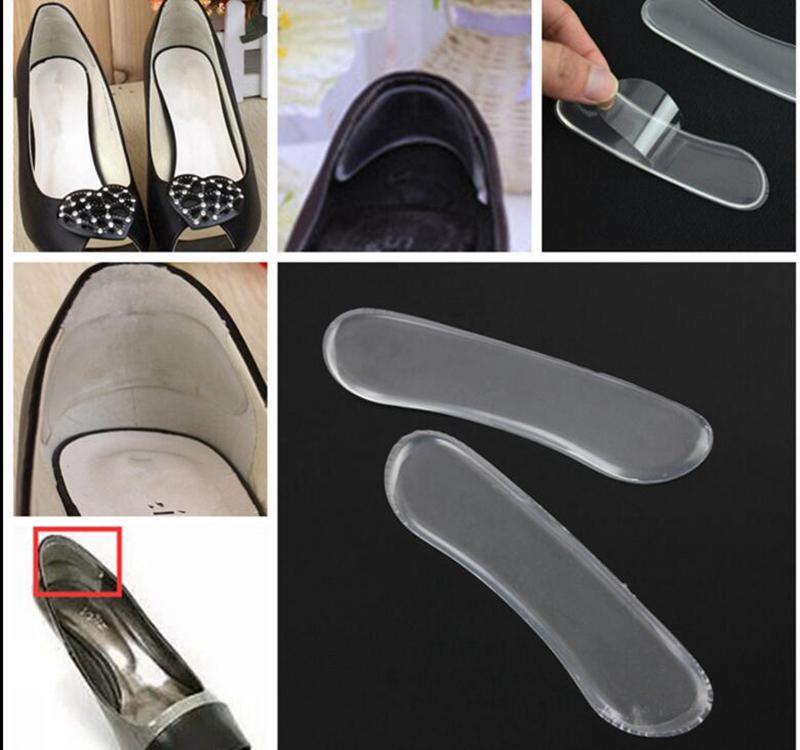
Softening shoe leather
Hard skin is another cause of chafing. With prolonged use, the material will, of course, become softer. But during this time your legs will have a hard time! You can soften the skin yourself using glycerin, melted wax or paraffin. When the skin becomes soft, it will stretch and will not rub in problem areas.
What to do if tight shoes rub?
If you are experiencing chafing problems in tight shoes, you can try increasing the size of your shoes. This will be done in the workshop using special wooden stretchers. At home, a stretching spray will help. Or a folk way to stretch material using water turning into ice.
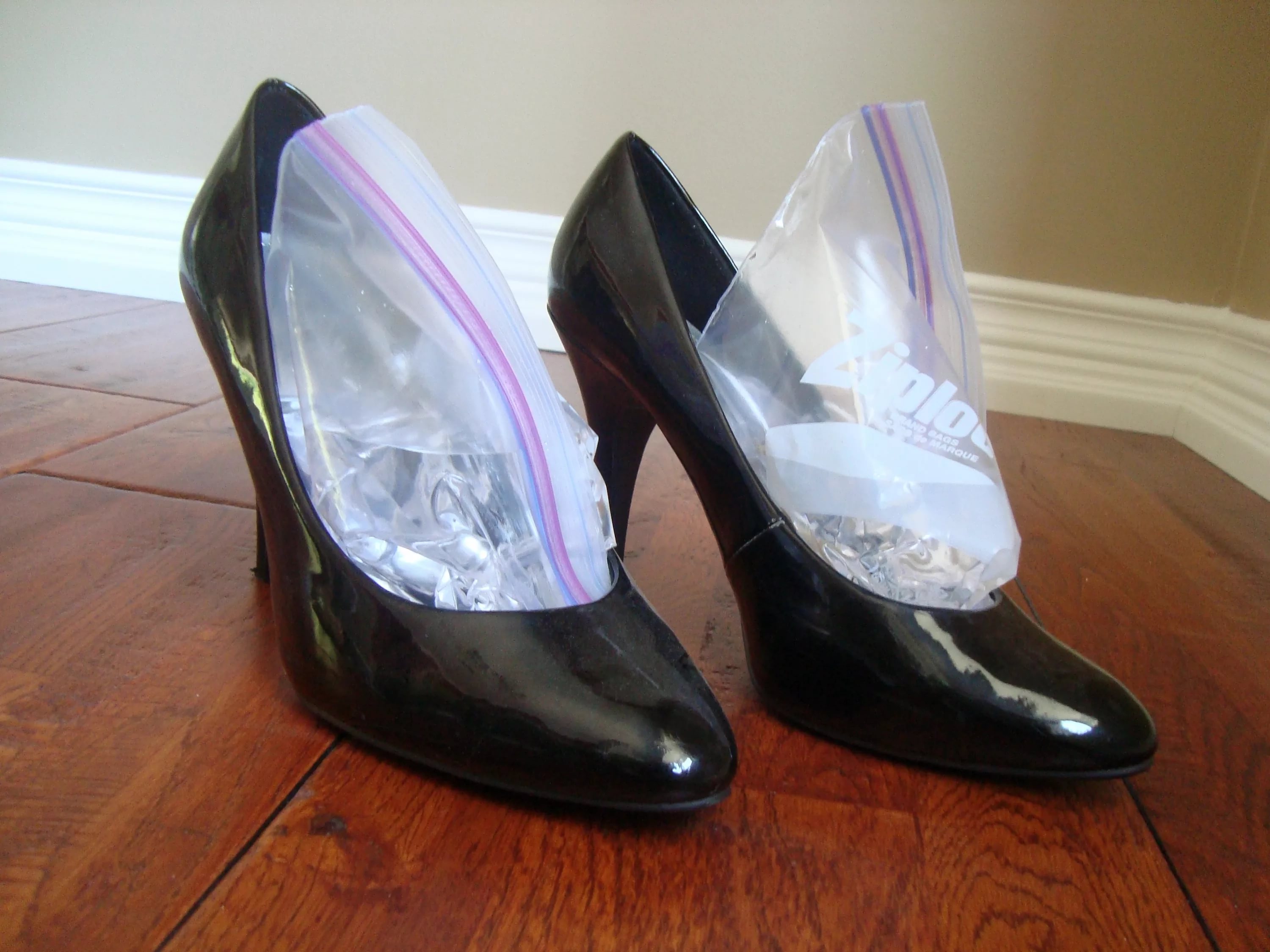
To do this, put a bag in each shoe, fill it with water, and tie it tightly. And in this form they are sent to the freezer. Turning into ice, the water will stretch the shoes. After this, you can wear them barefoot without fear of injuring your feet.


 0
0